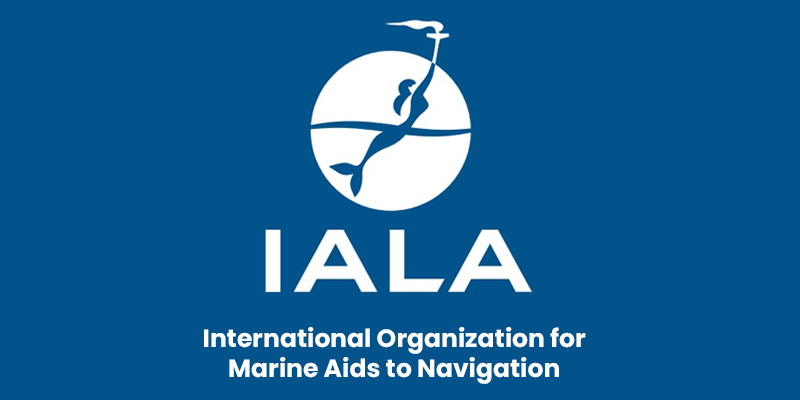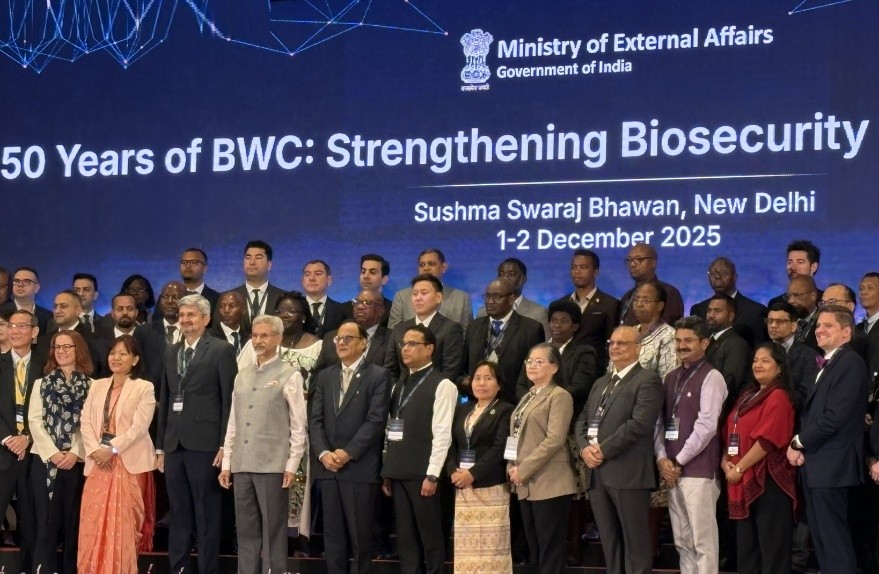RBI’s New Guidelines for PSL
Context:
The Reserve Bank of India (RBI) issued revised guidelines on Priority Sector Lending (PSL) to improve the allocation of bank credit to key sectors of the economy.
More on News
- These updated guidelines will take effect from April 1, 2025, the RBI announced.
- Key changes in the new norms include an increase in loan limits, expanded PSL coverage for housing loans, and a broader range of purposes under which loans can be classified as ‘renewable energy.’
- Additionally, the overall PSL target for urban cooperative banks (UCBs) has been revised to 60% of Adjusted Net Bank Credit (ANBC) or Credit Equivalent of Off-Balance Sheet Exposures (CEOBSE), whichever is higher.
Adjusted Net Bank Credit (ANBC)
It is a crucial metric used in the banking sector, particularly in India, to determine the amount of credit available for priority sector lending. It represents the net bank credit adjusted for certain factors, ensuring that banks meet their obligations to lend to specific sectors that are essential for economic growth and financial inclusion.
(ANBC=Net Bank Credit+Investments in Non-SLR Bonds+Credit Equivalent of Off-Balance Sheet Exposures)
Components of ANBC:
- Net Bank Credit (NBC): Comprises loans, cash payments, overdrafts provided to customers, and bills purchased and discounted.
- Investments in Non-SLR Bonds: These are investments that do not qualify under the SLR requirements but are held by banks as part of their long-term investments.
- Off-Balance Sheet Exposures: Includes various forms of credit risk that are not reflected on the balance sheet but still represent potential liabilities for the bank.
Credit Equivalent of Off-Balance Sheet Exposures (CEOBSE)
It is a financial metric used to assess the potential credit risk associated with off-balance sheet items, which are not recorded on a bank’s balance sheet but still represent potential liabilities. This measure is crucial for determining the risk-weighted assets of banks and ensuring adequate capital adequacy ratios.
(CEOBSE=Current Credit Exposure+Potential Future Credit Exposure)
About Priority Sector Lending (PSL)
It is a framework established by the Reserve Bank of India (RBI) that mandates banks to allocate a certain percentage of their lending to specific sectors deemed crucial for economic development and financial inclusion. The aim is to ensure that these sectors, which often struggle to access adequate credit, receive necessary financial support.
Key Features of PSL
- Objective:
- To promote inclusive growth by providing credit to underserved sectors.
- To bridge the gap in financing for essential industries and vulnerable populations.
- Target Sectors:
- Agriculture: Includes loans for farmers, self-help groups (SHGs), and agricultural infrastructure.
- Micro, Small, and Medium Enterprises (MSMEs): Financing for small businesses and startups.
- Education: Loans for students pursuing higher education.
- Housing: Loans for affordable housing projects.
- Social Infrastructure: Funding for healthcare, education, and sanitation projects.
- Renewable Energy: Support for clean energy projects.
- Regulatory Framework:
- Banks are required to allocate 40% of their Adjusted Net Bank Credit (ANBC) to priority sectors.
- Regional Rural Banks (RRBs) and Small Finance Banks (SFBs) have higher targets of 75%.
Advantages of PSL
- Promotes financial inclusion by providing affordable credit to marginalised groups.
- Supports economic growth by sustaining vital sectors like agriculture and small enterprises.
- Encourages balanced regional development and reduces income inequality.
Challenges
- Non-Performing Assets (NPAs): Higher risks associated with lending to priority sectors can lead to increased NPAs for banks.
- Compliance Pressure: Balancing profitability with mandatory lending requirements can be challenging for banks.
- Misallocation of Resources: Ensuring that funds reach intended beneficiaries remains a concern.
The upcoming revisions in guidelines are expected to further enhance the effectiveness of PSL in promoting inclusive growth and sustainable development across the country.


